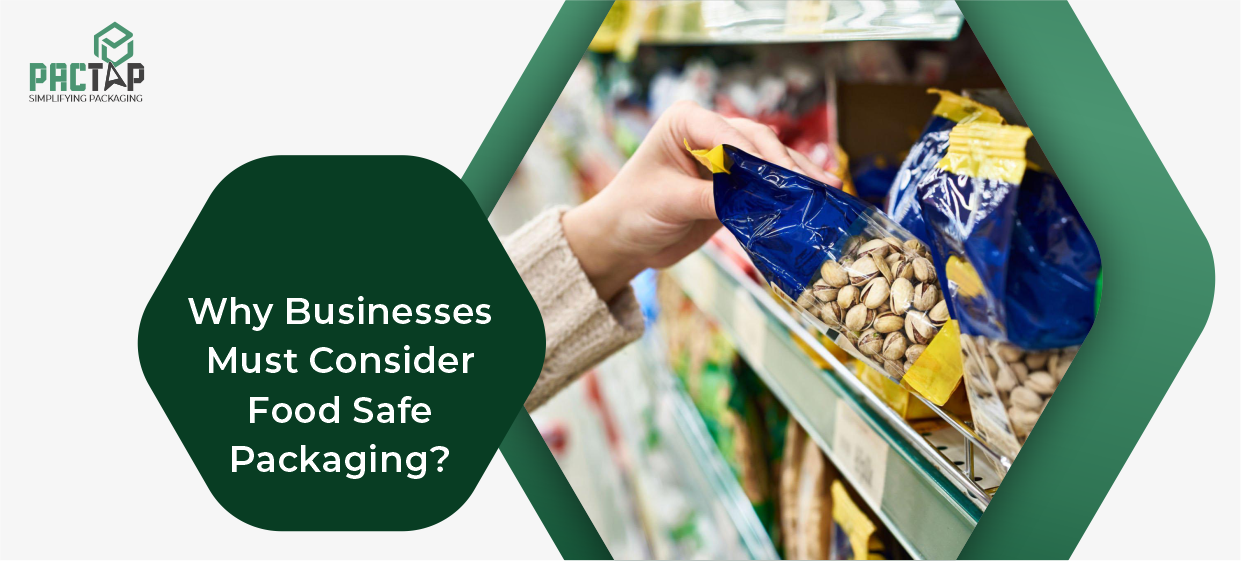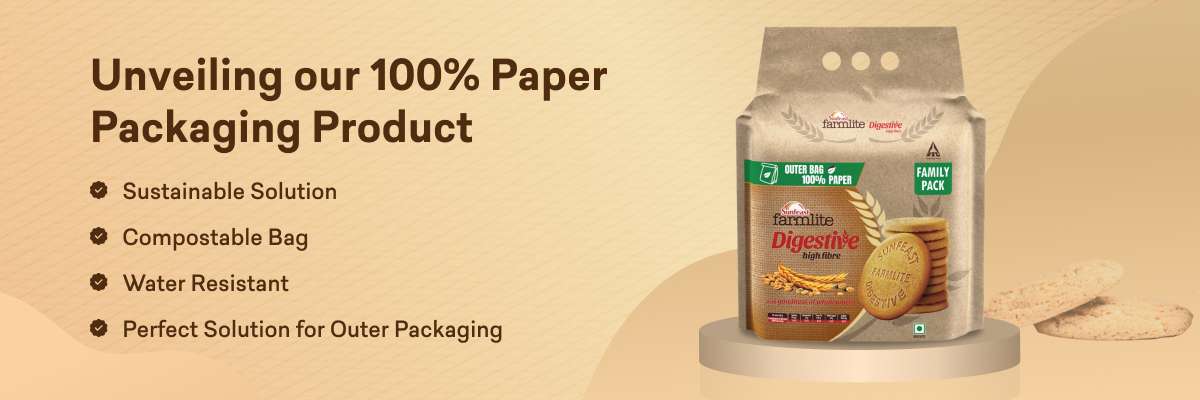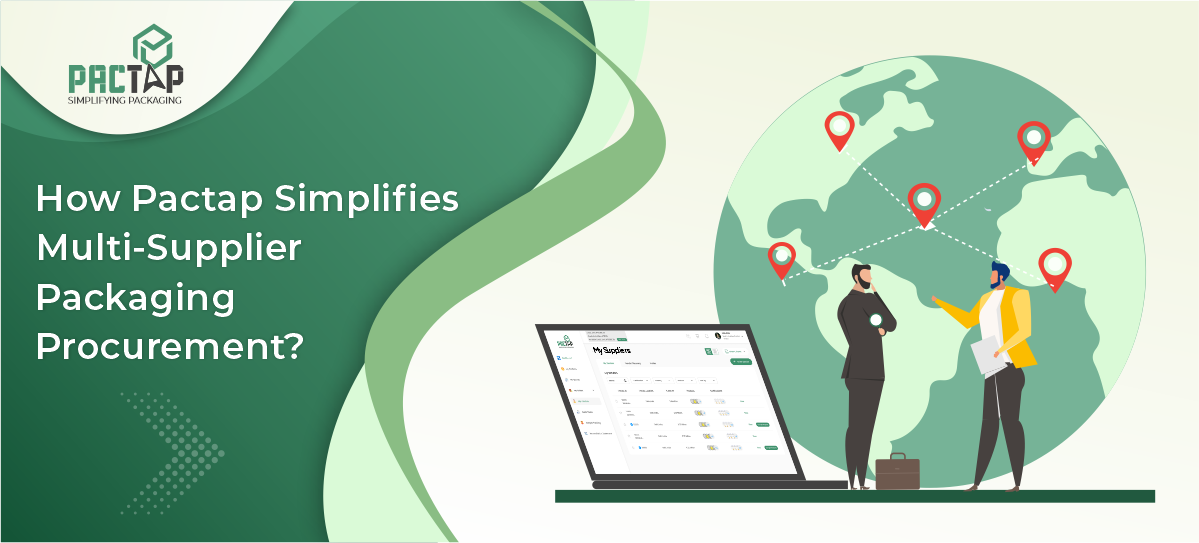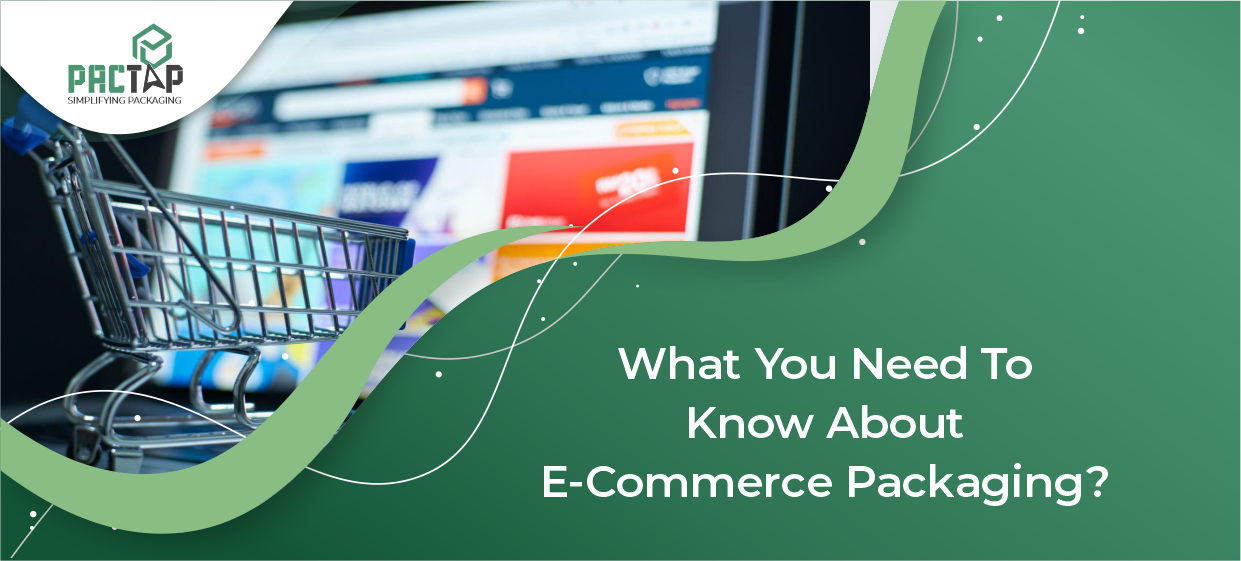Food safe packaging has become the backbone of successful food businesses today. These protective solutions have evolved beyond simple packaging to building trust among consumers.
Modern food packaging incorporates innovative technologies like tamper-evident seals and smart sensors that monitor temperature fluctuations. These advanced systems create comprehensive protection against contamination while providing real-time quality assurance data businesses need for regulatory compliance and risk management.
What Is Food Safe Packaging?
Food safe packaging encompasses specialized materials that help to preserve product integrity throughout the supply chain. The packaging provides multiple protective barriers against physical, chemical, and biological hazards, while complying with FDA regulations for direct food contact materials.
If the packaging is made of such materials, it is food safe. Most importantly, this packaging helps prevent consumers from getting sick. It incorporates antimicrobial characteristics that mitigate risk and protect a food manufacturer’s brand position.
Why is Food Safe Packaging Important?
Food safe packaging is an important consideration to help preserve its freshness by providing a barrier between food and harmful toxic substances. Food would spoil rapidly without safe packaging and pose a serious public health concern. Discover below why these packaging materials are so important.
1. Protecting Health and Safety
The primary reason for using food safety packaging is to protect consumers from potential harm. Without proper barriers, food becomes vulnerable to three main types of threats that can turn a meal into a health hazard.
- Biological Contamination: These are the most common threats. Bacteria multiply faster, especially in things like fresh meat or leftovers. Packaging acts as a sealed barrier, keeping these bacteria out. Have you ever noticed how some pre-made meals come in vacuum-sealed trays? That’s to remove the oxygen that many harmful bacteria need to grow.
- Chemical Contamination: It might surprise you, but the low-grade packaging can be risky! Certain inks, adhesives, and plastics can contain chemicals that can seep into your food. That’s why companies must use food-grade materials. These certified materials won’t react with the food and keep it hygienic and safe.
- Physical Contamination: Imagine finding a piece of glass or metal in your dinner! Securely sealed packaging prevents these unwanted things from getting into your food during shipping and handling. A tamper-evident seal, for example, tells the consumer if the product has been opened and provides a robust barrier against external contaminants.
2. Preserving Quality and Extending Shelf Life
Food safety and packaging are needed to ensure product quality. The right packaging can significantly extend a product’s shelf life, reducing waste and making it appealing to customers.
- Controlling Environmental Factors: Oxygen, light, moisture, and temperature are the main causes behind food spoilage. Food packaging is intended to control these factors. For example, certain materials are made to block oxygen from contacting food, which could cause loss of color in some foods. Likewise, opaque packaging protects products like olive oil or dairy products from spoilage due to exposure to light.
- Maintaining Freshness: Consider a bag of chips. That satisfying crunch is preserved by a special liner that keeps moisture out. In the same way, a milk carton keeps milk fresh longer by protecting it from light and air. This maintains its nutritional value and qualities like its taste, aroma, and texture.
- Reducing Food Waste: A longer shelf life means less food gets thrown away. By keeping products from spoiling, food packaging solutions play a crucial role in reducing the massive amount of food wasted worldwide each year.
3. Building Brand Reputation and Consumer Trust
Brands need a strong reputation to succeed in today’s market, and safe food packaging is one of the best ways to earn and keep consumer trust.
- The First Impression: Packaging is a customer’s first physical interaction with your product. A secure, well-designed package shows professionalism and dedication to quality. On the other hand, a flimsy or damaged package can instantly make customers question what’s inside.
- Communication and Transparency: Packaging also serves as a critical communication platform. You can display information on ingredients, allergens, nutritional facts, and certifications. Clear labels for organic, gluten-free, or sustainably sourced products help customers make smart choices and build confidence in your brand.
- Tamper-Evident Features: A tamper-evident seal is more than just a security feature; it’s a guarantee. It tells the consumer, “This product is just as it was when it left our facility.” This simple feature can significantly ease a customer’s mind and build long-term loyalty.
4. Meeting Regulatory and Legal Requirements
Governments worldwide have strict regulations governing food packaging materials and practices. Compliance is not optional; it’s a legal necessity.
- Mandatory Standards: Regulatory bodies like the FDA or FSSAI set standards for packaging materials. They specify what chemicals can be used, what tests are required, and what information must be included on the label.
- Avoiding Legal Consequences: Failing to comply can lead to serious penalties, like fines, product recalls, and even business closure. A recall isn’t just a financial loss; it’s a public relations nightmare that can instantly ruin a brand’s reputation.
5. The Sustainability Factor: A Modern Imperative
Sustainability isn’t just a valuable concern anymore; it’s what people expect. Today’s food packaging solutions are increasingly focused on being environmentally responsible.
- Eco-Friendly Materials: Companies are shifting towards sustainable materials like biodegradable materials, compostable paper, and recycled cardboard. This lessens their environmental impact and attracts a growing number of consumers who care about the planet.
- Reducing Waste: Smart packaging designs use less material without sacrificing safety. Techniques like lightweighting (making packaging lighter) and right-sizing (using the perfect size package) can reduce the carbon footprint from transport and disposal.
- Recyclable and Reusable Packaging: Designing packaging that’s easy to recycle or reuse is a core part of a circular economy. Clearly marking packages with recycling symbols helps consumers properly dispose of them.
To Sum Up!
Food safe packaging is a protective barrier and helps ensure food quality in the supply chain. With all the information about this type of packaging, avoiding unsafe plastics, and how to select the right kinds of materials, consumers can make informed choices.
Following safe packaging protocols and regulations will protect consumers from foodborne illnesses and protect the environment by using sustainable packaging.
To find your perfect packaging solution, check out Pactap today!





